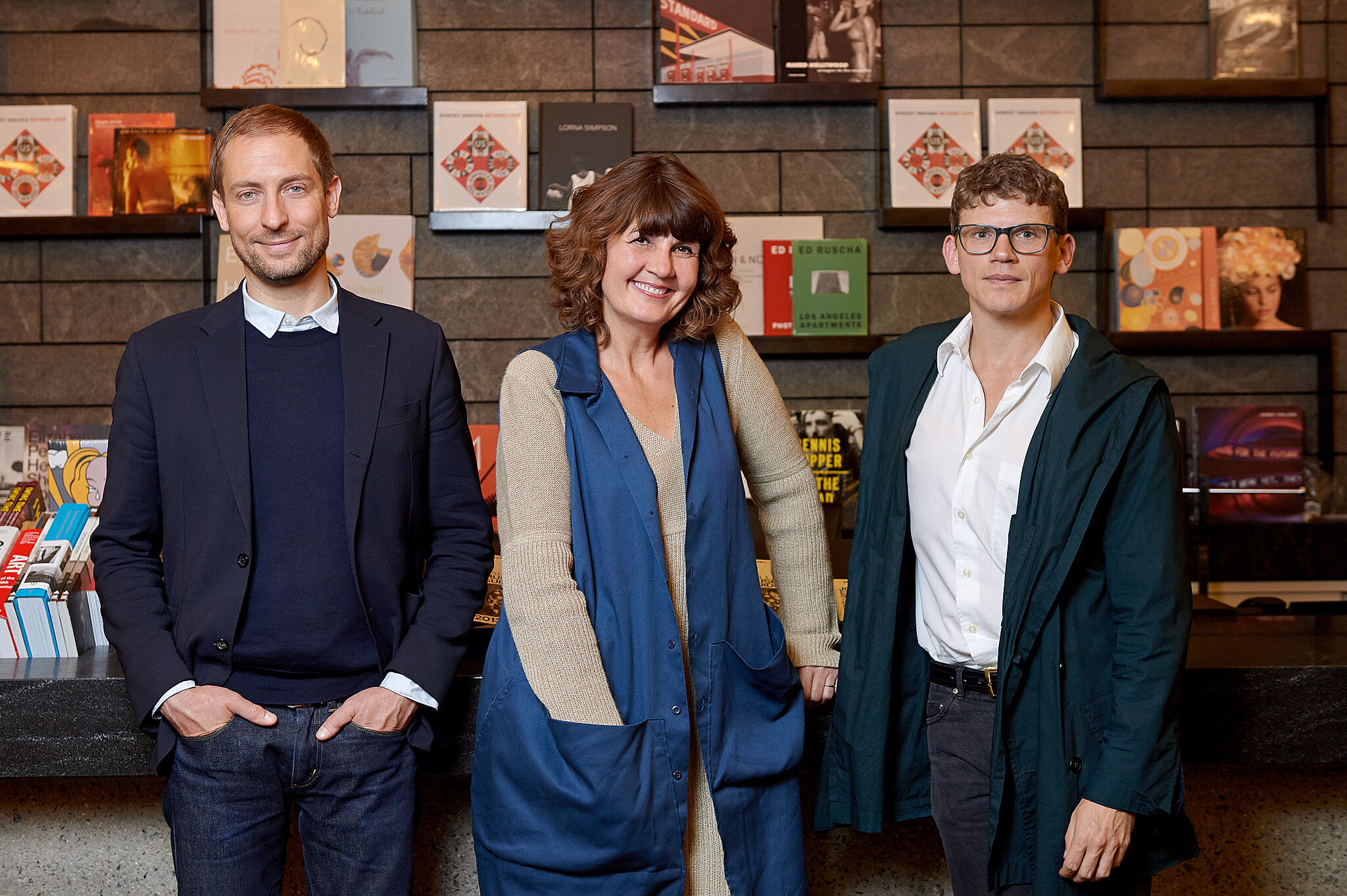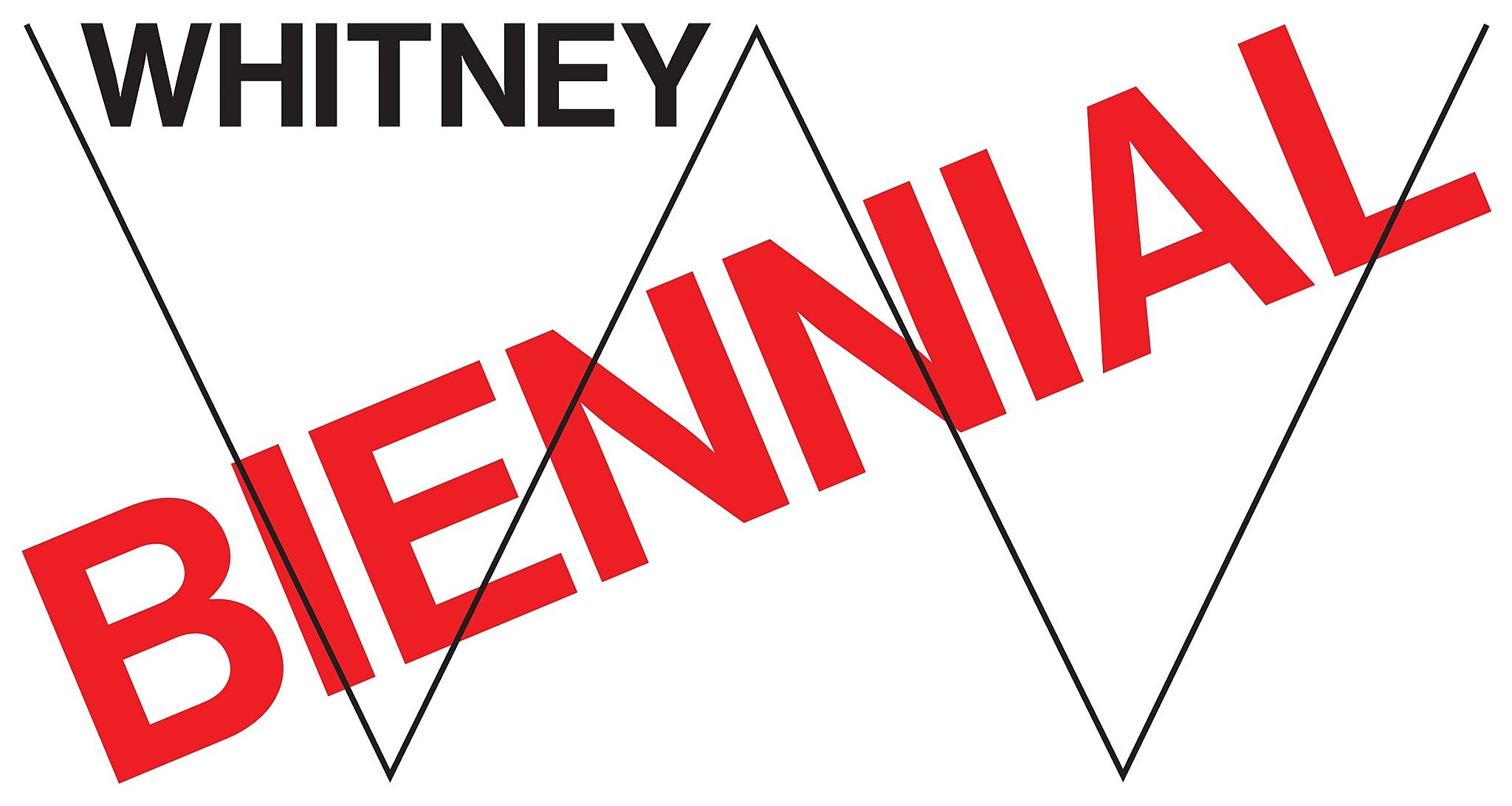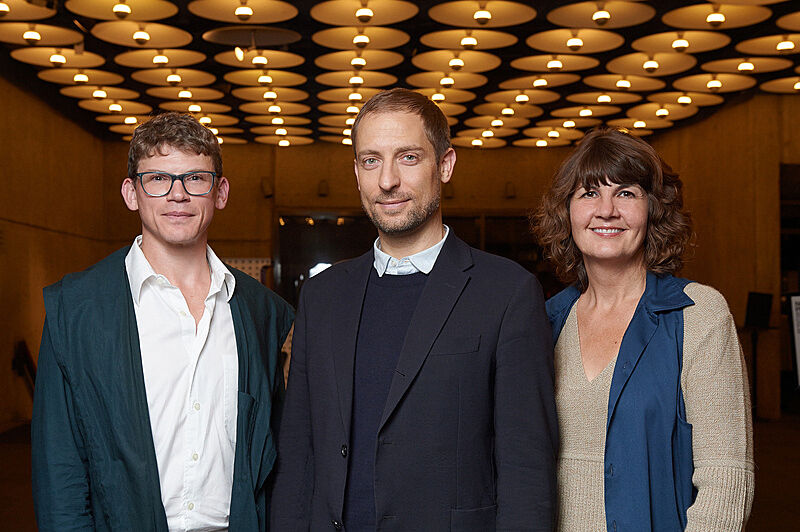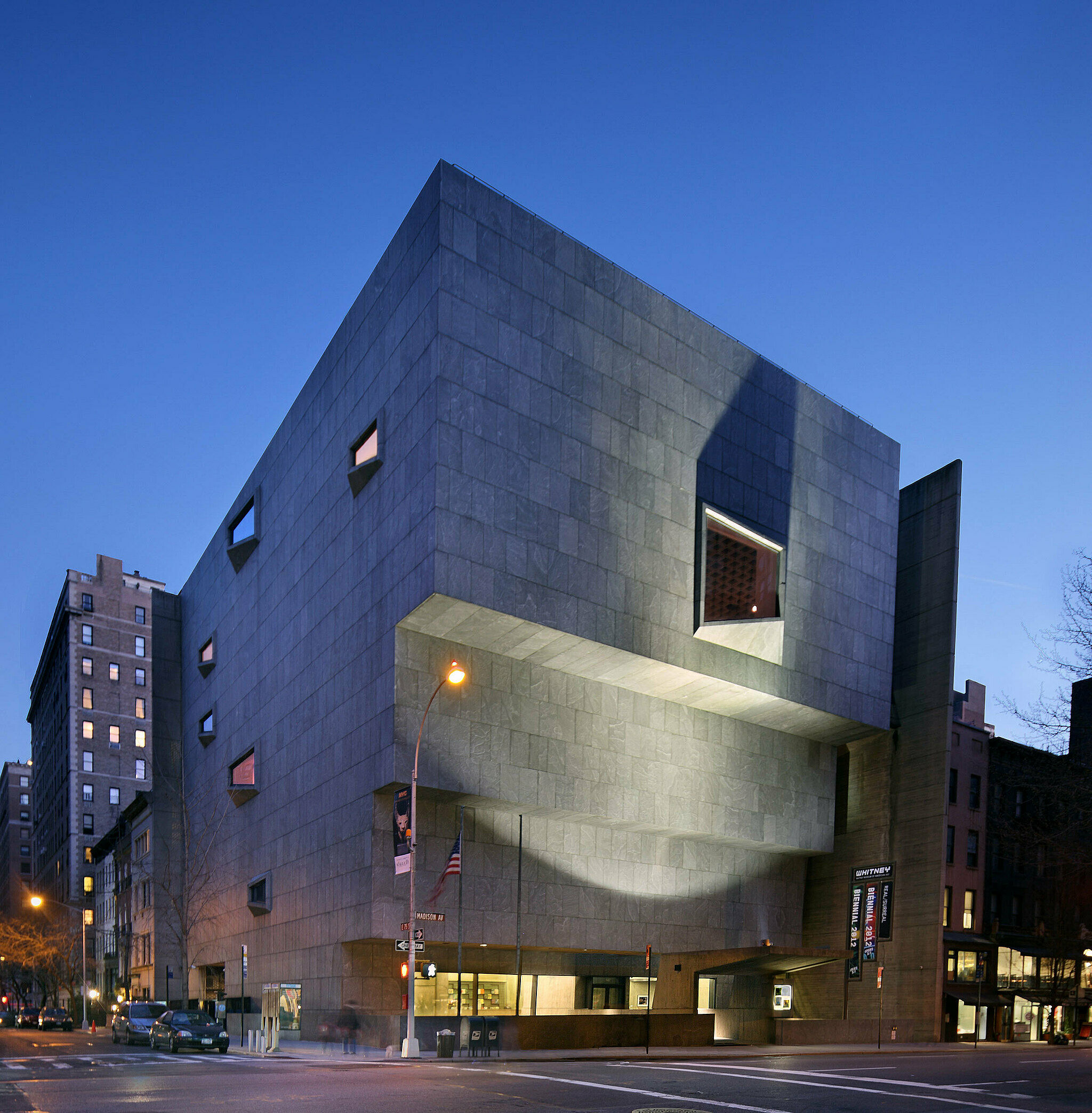Q&A with the 2014 Whitney Biennial Curators: Part One
Feb 10, 2014
The seventy-seventh Whitney Biennial—on view March 7–May 25, 2014—is being organized by three outside curators: Stuart Comer, Chief Curator of Media and Performance Art at MoMA; Anthony Elms, Associate Curator at the Institute of Contemporary Art in Philadelphia; and Michelle Grabner, Professor in the Painting and Drawing Department at the School of the Art Institute of Chicago. Each curator is independently preparing one floor of the exhibition.
In the first installment of this three-part interview, they share their thoughts—via phone, email, and in person—on planning the final Whitney Biennial in the Breuer building.
Living and working in different cities and countries, how have you organized your work on the Biennial?
Stuart Comer: It feels a bit like a space expedition. We’re distant satellites that come into the mother ship periodically to touch base. New York was the hub for obvious reasons, but we’re all forging our own visions. We’re not sharing floors, but we are sharing a building. We want each floor to be a unique, strong statement, but everything needs to read as one exhibition to some extent.
Michelle Grabner: Our great team of curatorial assistants and exhibition coordinator are the glue to this three-curator conceit. I value this experiment. It means that three curatorial takes are available to the public. This is important because curating has taken on a new and defining role in contemporary art. In other words, curating also becomes identifiable content in the 2014 Whitney Biennial.
Anthony Elms: We made sure we weren’t all going down the same roads. Even within each other’s backyard, we have radically different interests as organizers. We’re having conversations about how things look from where we stand. I had in mind that even if we weren’t collaborating, any direction that Michelle or Stuart took would be something to play off. That idea of contingency and change in relation to others’ decisions was always part of my desire for how to do this.
What kind of guide or framework were you provided?
AE: Everything was on the table—statements ended in semicolons rather than periods. There was constant check-in: “Are you doing this because it’s expedient or because it’s what you really want to do?” They made sure we were taking decisions based on our own interests rather than any set of expectations. That pushed me to really consider my choices and why I was making them.
SC: The Whitney mentioned “exquisite corpse,” that old Surrealist game where one person adds to another’s drawing. A layer cake was another metaphor used for the exhibition, so it was clear all along that they wanted the three curators to do their own thing and be three distinct voices. But we were similarly encouraged to be in dialogue with each other and have a conversation. They definitely wanted points of view that weren’t as well represented in New York and encouraged us to dig deep into our own experiences.
MG: There is always a great and generous attitude toward supporting my ideas and my artists’ ideas.
How do you like to curate?
MG: I need to spend time with the artist, ideally visit their studio. But in a post-studio landscape, this may also mean sitting with them at a picnic table with their laptop. I am more comfortable in artists’ studios than I am at a desk.
AE: I’m interested in things that confuse me a bit, so I’m always looking for productive areas of “now what?” That can happen walking into a museum show, the reason you return to a room and wonder why it has a hold on you. It’s more exciting when it happens in an artist’s studio and you’re there to talk it through. The artist is trying to figure it out, you’re trying to figure it out . . . just sitting in that space and both furiously trying to put something together. I was trained as an artist, so I guess it’s natural for me to think from that angle.
SC: The models of cinema, theater, and time have really influenced the way I think about art and exhibitions. Similarly, architecture is always something I’m invested in. But what most informs my curating are conversations with living artists, trying to find secret histories that haven’t been properly acknowledged, and travel—getting out of my comfort zone to find new places and new conversations. As an American living in London, the closer proximity to other cultures is very exciting. Now, coming back to New York, I have a different relationship to it. It’s interesting to try to bridge those two perspectives.
This interview will appear in three installments leading up to the opening of the 2014 Biennial. Check back in with Whitney Stories in the coming weeks to read parts two and three.




